How to Accessorize a Macrame Mandala Mirror with Beads | 16 Step Guide
Table of Contents
- What is Macrame? And How You Can Accessorize Your Macrame Projects?
- The benefits of Accessorizing your macrame mandala wall hanging with beads
- Macrame Knots You Need to Know
- Important Macrame Terms for Beginners
- DIY Mandala Mirror with Beads, Cord & Materials
- Macrame Mandala Mirror with Beads Pattern Details
- How to Accessorize a Macrame Mandala Mirror with Beads I Step-by-Step Instructions
- Step 1:
- Step 2:
- Step 3:
- Step 4:
- Step 5:
- Step 6:
- Step 7:
- Step 8:
- Step 9:
- Step 10:
- Step 11:
- Step 12:
- Step 13:
- Step 14:
- Step 15:
- Step 16:
- How to Accessorize a Macrame Mandala Mirror with Beads I Video Tutorial
- Wrapping Up How to Accessorize a Macrame Mandala Mirror with Beads I Step-by-Step
- Are you looking for more fun and simple DIY macrame patterns?
- Are you looking to turn knots into exquisite macrame designs?

Have you ever wondered how to make your macrame projects truly stand out?
Many techniques are available, but one of the most straightforward and impactful methods involves incorporating beads.
Integrating beads into your designs can elevate their visual appeal without necessitating complexity. A minimalist and polished aesthetic can yield remarkable results.
In this blog post, I'll guide you through transforming a basic macrame mandala design into a captivating piece that's certain to capture the gaze of any passerby.
You'll gain the necessary knowledge about using beads to enhance your projects, adding extra interest and attractiveness to your creative work.
So, get ready to enhance your craft and captivate the imagination of those who lay eyes on your work.
What is Macrame? And How You Can Accessorize Your Macrame Projects?
Before we dive into the exciting details, let's begin with the fundamentals. This way, we can solidify what macrame entails and how to make the most out of it.
Macrame is an artistic craft that creates intricate patterns and designs by knotting cords together.
It's a versatile technique that can be used to make various items, such as wall hangings, plant hangers, jewelry, and more.
The beauty of macrame lies in its combination of simple knots that create intricate and visually appealing textures when combined in different ways.
You can incorporate various elements to accessorize your macrame projects and make them even more eye-catching.
One popular way is by adding beads. Beads can be threaded onto the cords and positioned strategically within your design to add texture, color, and dimension.
They can serve as focal points or accents, enhancing the overall aesthetic of your creation.
Additionally, you can experiment with different materials, like using metallic accents, colored cords, or even combining macrame with other crafting techniques like weaving or embroidery.
Fringes, tassels, and feathers can also be incorporated to add movement and flair to your projects.
Furthermore, considering the setting where your macrame piece will be displayed can guide your accessory choices.
If you create a wall hanging for a bohemian-themed room, earthy tones, and natural materials might work well. For jewelry, smaller beads can add elegance and personality.
Remember, the key to successful macrame accessorizing is to balance the added elements and the core macrame technique.
Keep experimenting, and don't be afraid to let your creativity shine through in your projects!

The benefits of Accessorizing your macrame mandala wall hanging with beads
Accessorizing your macramé mandala wall hanging with beads can add a unique and visually appealing touch to your decor piece.
Here are some benefits of incorporating beads into your macramé design:
-
Enhanced Aesthetics: Beads can bring an extra layer of texture, color, and dimension to your macramé mandala. They can be used to create intricate patterns, gradients, or focal points, making your wall hanging more visually interesting.
-
Personalization: Beads come in various shapes, sizes, colors, and materials, allowing you to personalize your macramé piece according to your preferences and the overall theme of your space. This ensures your wall hanging aligns perfectly with your style.
-
Detail and Elegance: Beads can add a sense of intricacy and elegance to your macramé design. They can serve as delicate accents, creating a more refined and sophisticated appearance.
-
Contrast and Balance: Beads can introduce contrast and balance to your macramé piece. They can be strategically placed to create a balanced distribution of visual elements and draw attention to specific sections.
-
Symbolism and Meaning: Beads are often symbolic in various cultures and traditions. Incorporating specific beads with meaning can infuse your wall hanging with a deeper sense of purpose or connection.
-
Skill Enhancement: Adding beads to your macramé project can help you develop new skills and techniques. Working with beads might involve threading, weaving, or knotting them creatively, allowing you to expand your crafting abilities.
-
Attention to Detail: Integrating beads into your macramé design requires attention to detail and precision. This can lead to a greater appreciation for the artistry and craftsmanship of macramé and beadwork.
-
Versatility: Beads can be used in various ways, such as adding them to individual knots, incorporating them into specific patterns, or creating tassels with beaded accents. This versatility enables you to experiment with different design elements.
When accessorizing your macramé mandala wall hanging with beads, consider your design goals, color scheme, and the overall ambiance you want to create in your space.
Experiment with different bead placements and arrangements to achieve the desired effect while maintaining the harmonious balance of your macramé design.
Macrame Knots You Need to Know
Getting familiar with macrame knots is essential for mastering the art of Macrame. For this project, you will need to know the following knots:
- Double half-hitch knot
- Lark’s Head Knot
- Overhand knot
The Double half hitch knot is a fundamental and highly versatile in macrame. It serves as the building block for many intricate knot patterns, making it an essential technique for creating beautiful macrame designs.
The Lark's Head knot is a fundamental mounting knot for various projects. As a mounting knot, it provides a reliable and secure attachment point for your macrame design to a dowel, ring, or other supporting structure. This knot allows you to easily hang cords onto your macrame creation, providing a stable foundation for further knotting and design elements.
The Overhand Knot is an essential everyday knot used to make a knob in a cord, string, or rope. It helps tie items together, or it can be tied on a single cord-end to prevent the ends from fraying.
If you’re not sure how to make any of the knots mentioned above, click on the name of the knots to practice and familiarize yourself with them before starting this pattern.
Practice and repetition will help you become more confident in executing these knots, allowing you to explore more intricate patterns and designs.
A valuable resource to have by your side while learning macrame is a knot guide.
I have compiled a FREE EBOOK guide, "50 Macrame Knots & Sennit Guide," that goes over step by step with pictures on how to make 50 different knots and sennits.

This guide will assist you in learning the knots and provide insights into creating unique knot sequences and pattern designs.
Important Macrame Terms for Beginners
Here are some helpful macrame terms you should know when following this pattern:
- Knots: Macrame involves various knots, such as the square knot, half hitch, Lark's head knot, and spiral knot. Understanding these basic knot patterns creates the foundation of macrame.
- Cords: Cords are the primary material used in macrame. They are made of cotton, jute, nylon, or synthetic fibers. Macrame cords come in various thicknesses and colors.
- Fringe: Fringe refers to the loose ends of cords that hang down, adding a decorative element to beginner projects. The fringe can be left as is or trimmed to a desired length. To learn more about fringing and techniques for perfect fringe, check out my blog post: The Ultimate Guide to Perfect Fringe.
- Anchor cord: Refers to the fixed cord or structure to which other cords are attached or knotted, providing stability and support to the design.
- Working cord: This cord is actively used to create knots and patterns, manipulated and moved throughout the project to form the desired design.
DIY Mandala Mirror with Beads, Cord & Materials

You'll need a few essential materials and supplies when creating this macrame coaster pattern.
For this pattern, you will need a 4mm macrame cord, metal ring, mirror, and some large hole beads.
Choosing Macrame Cord
The most crucial material is the cord. Macrame cord can be made from various materials such as cotton, jute, or nylon, each offering a different texture and appearance.
Choosing a cord that is soft, sturdy and suitable for your desired coaster design is essential, ensuring durability and functionality.
We’re using a 4mm single-strand Foundation cord for this pattern.
- Our Foundation cord line is made from 100% organic natural cotton
- The cords are unbleached and are a beautiful natural off-white color
- The Foundation cord is the ultimate cord for all skill levels due to its super soft texture and sturdy twist, capable of sustaining multiple re-knots
If you can’t get your hands on our single-strand Foundation cotton cord, try substituting with our Rainbow cotton cord, which will also work well for this pattern.
Essential tools
You will also need some essential tools:
Macrame Mandala Mirror with Beads Pattern Details
Skill level:
- Advanced Beginner
Completion time:
- This project will take approximately 2 hours to make depending on skill level.
Completed size:
- Approximately 15” in diameter
Cord & Materials:
- 4mm macrame cord
- 8 inch (diameter) mirror
- 8 inch metal ring
- Large hole beads (at least 6mm hole)
Other than the 4mm single-strand foundation cord, you will need 11 large hole beads (at least 6 mm hole), 8 inch metal ring, and 8 inch mirror.
Cord Lengths Needed
- 55 x 75 cm (30”)
- 1 x 160 cm (63”)
** Note: The cord lengths suggested here are based on the pattern using 4mm single-strand foundation cord.
Should you use a different size cord or cord from a different brand, actual cord lengths may differ slightly and therefore should be adjusted for accordingly.
How to Accessorize a Macrame Mandala Mirror with Beads I Step-by-Step Instructions
Step 1:
- Attach five strands of 75 cm long cords onto the ring using Lark’s Head knots Approximately 15" in diameter.
Step 2:
- Take the third cord from the left and use it as an anchor cord for two diagonal Double Half Hitch (“DHH”) knots to the right.
Step 3:
Repeat the same pattern on the right-side mirroring the left-side. Then finish off with one more diagonal DHH knot to the left with the middle 2 cords.


Step 4:
- Take the top-left cord from the V-shaped pattern as an anchor cord for 2 x DHH knots to the left and one DHH knot back to the right.
Step 5:
- Take the next cord down from the left as an anchor cord for another 2 x DHH knots to the left and one DHH knot back to the right.
- Take the next cord down for another 2 X DHH knots to the left-side.
Step 6:
- Repeat the same pattern on the right-side.
Step 7:
- Use the middle-left cord as the working cord for a DHH knot towards the middle on the left anchor cord.
- Repeat the same on the right-side.
Step 8:
- Tape the ends of the middle 2 cords together and thread a large hole bead through.
Step 9:
- With the cords underneath “the bead” make one more DHH knot on the left-side and right-side.
- Then close off with one more DHH knot in the middle.
Step 10:
- Repeat the pattern all around the metal ring for a total of 11 petals.
Step 11:
- Trim the excess cords from all the petals.
Step 12:
- Comb through the fringes.
Step 13:
- Trim the fringes again to your desired shape.
Step 14:
- Turn the pattern upside down and place just the mirror on top of it.
- Take a strand of 160 cm cord and tie an Overhand knot on the ring.
- Take a strand of 160 cm cord and tie an overhand knot on the ring.
Step 15:
- Take the cord ends and tie them to the opposite sides by weaving it through the petals on the opposite sides with Overhand knots.
Step 16:
- Make an Overhand knot on the left side and the right side. Bring the cords back to the starting point and secure with Overhand knots.
How to Accessorize a Macrame Mandala Mirror with Beads I Video Tutorial
Wrapping Up How to Accessorize a Macrame Mandala Mirror with Beads I Step-by-Step
Congratulations!
You've reached the end of this DIY How to Accessorize a Macrame Mandala Mirror with Beads I Step-by-Step. You have crafted a beautiful and functional macrame mandala mirror by following the step-by-step instructions and unleashing your creativity.
This project showcased Macrame's artistry and versatility and allowed you to explore your crafty side.
Keep honing your macrame skills, as endless possibilities await you in the Macrame world. Happy knotting!
Are you looking for more fun and simple DIY macrame patterns?
Looking for more handmade macrame wall hangings pattern to try?
I have numerous diverse DIY macrame patterns that you can explore, ranging from distinctive wall hangings for home decor to timeless plant hangers suitable for all skill levels.
Browse my collection of DIY macrame patterns on Etsy.
The patterns come complete with step-by-step photos, written instructions, and helpful tips and tricks to assist you throughout your macrame journey.
Are you looking to turn knots into exquisite macrame designs?
Discover the art of macrame like never before!
Join our exclusive community of passionate macrame enthusiasts and unlock a world of creativity.
Gain access to a treasure trove of unique patterns, expert guidance, and a supportive network of fellow artists.
Whether you're a beginner or a seasoned knotter, our community is your gateway to mastering the art of macrame.
Elevate your skills, share your creations, and embark on a journey of inspiration together.
Don't miss out on this incredible opportunity.
Join our exclusive macrame community today!



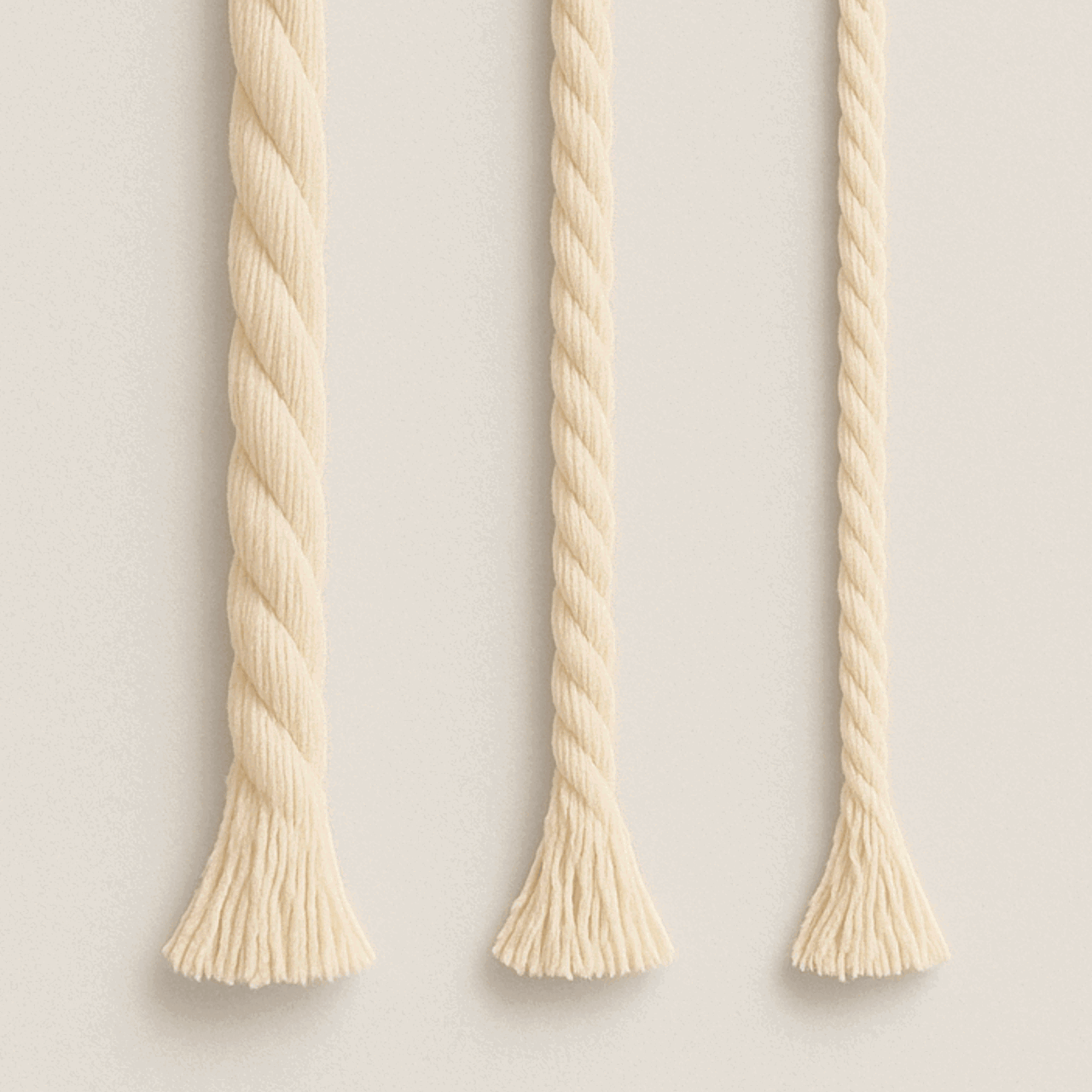
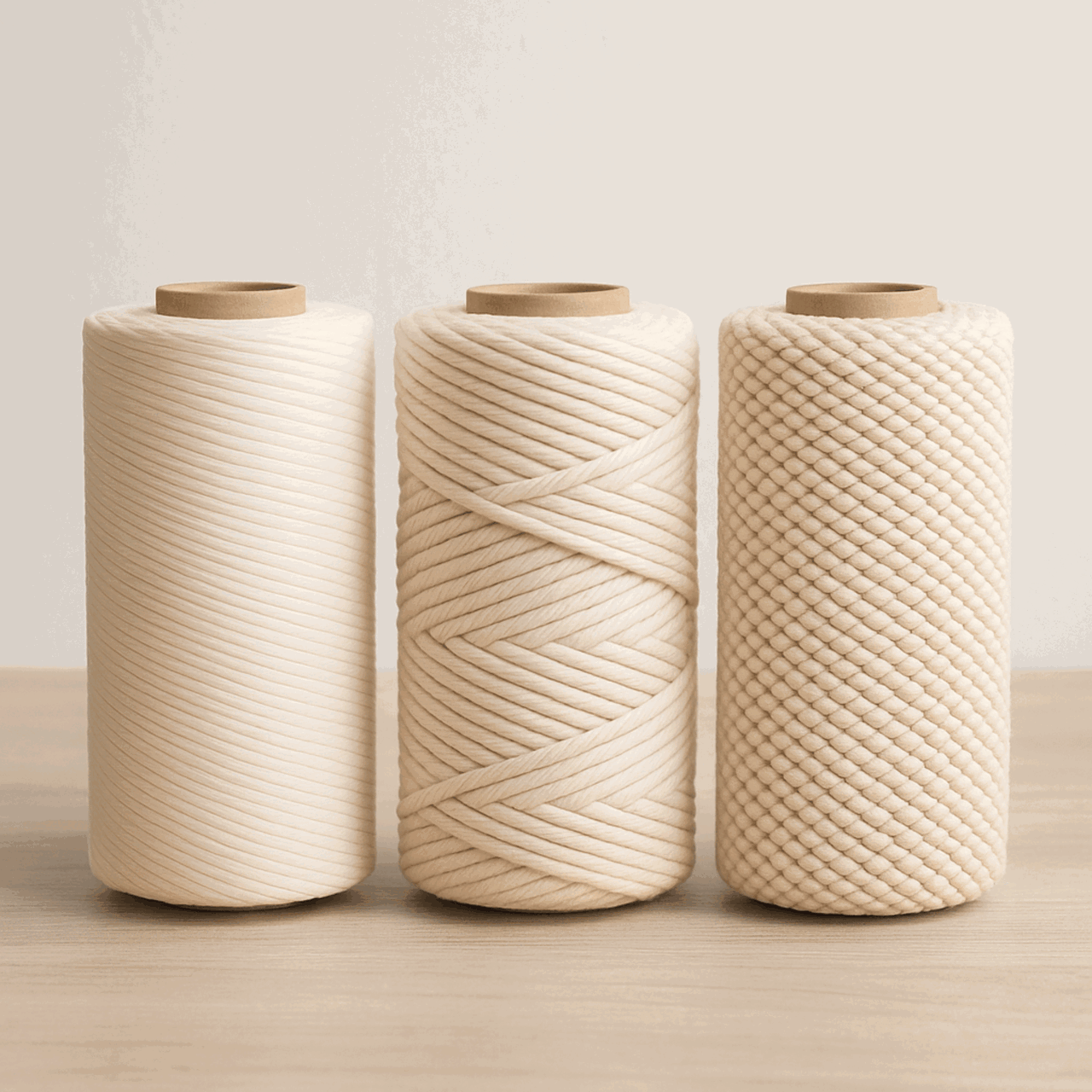
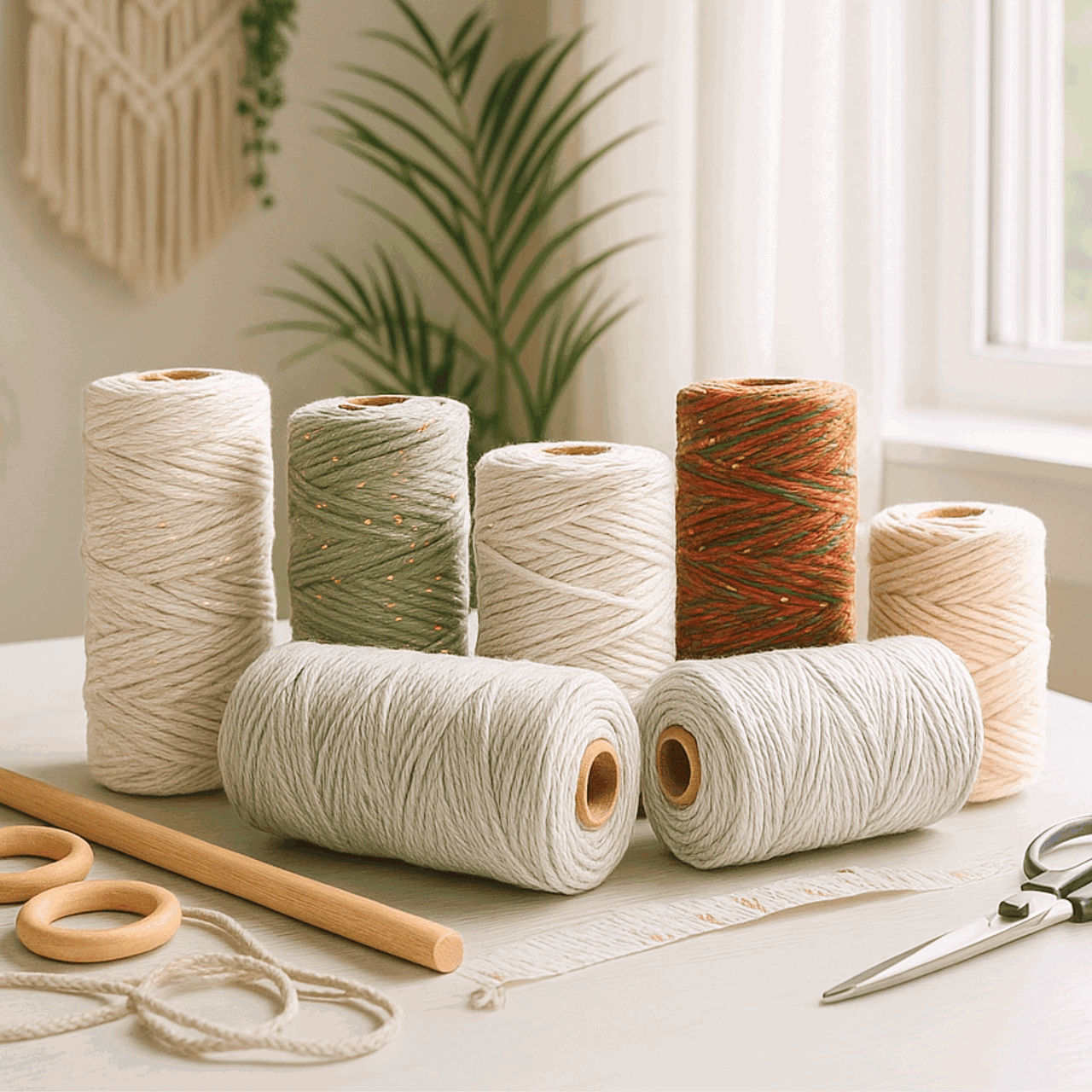
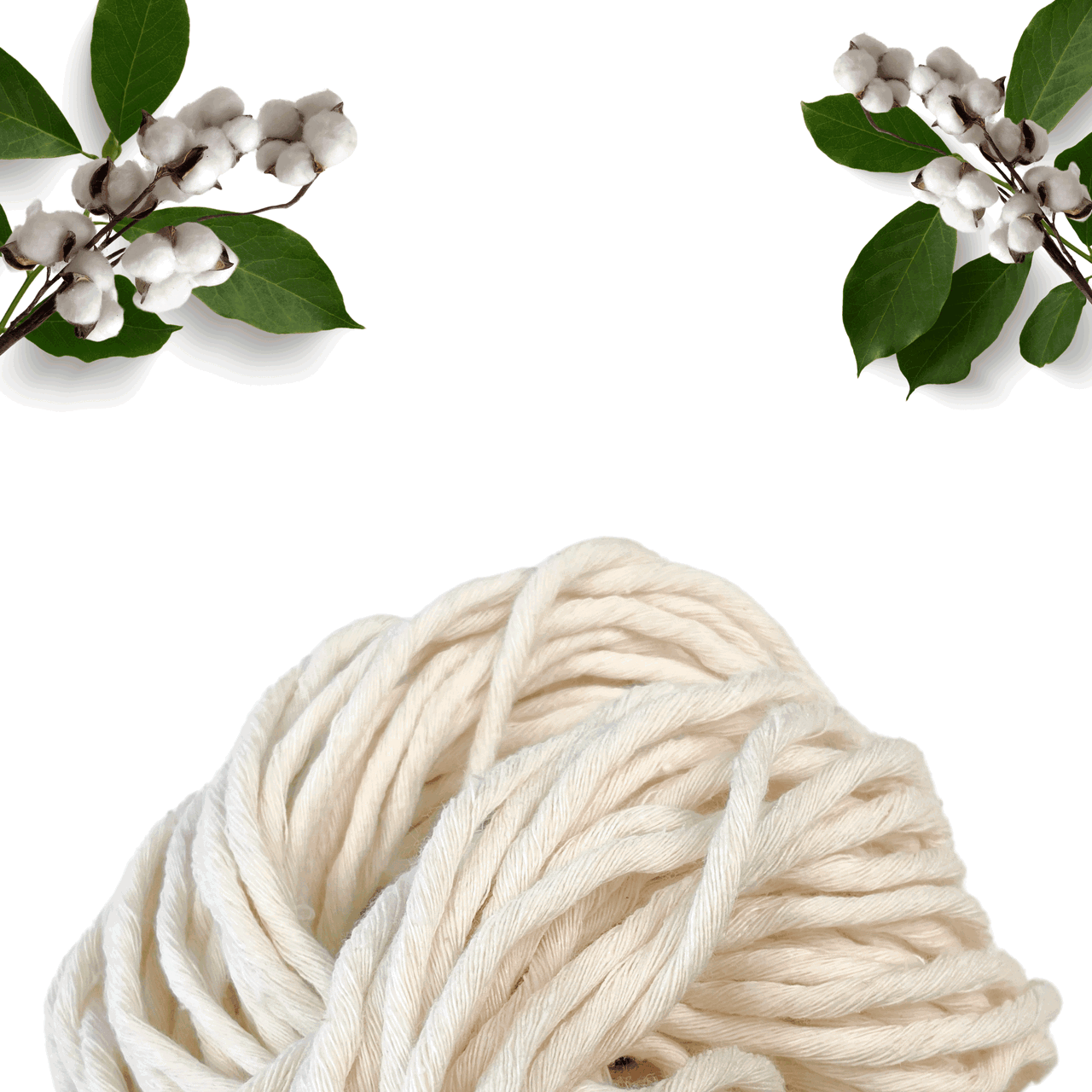

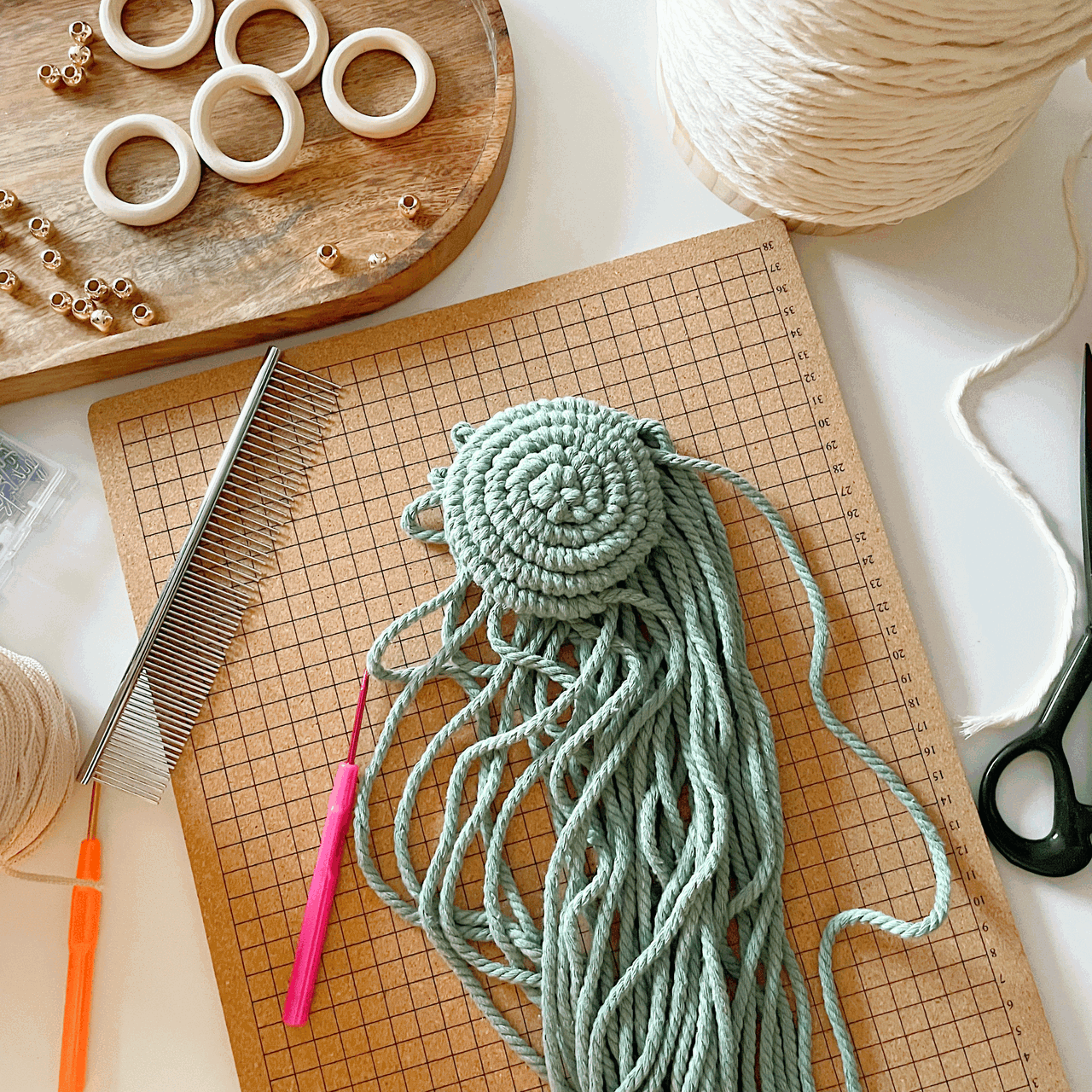
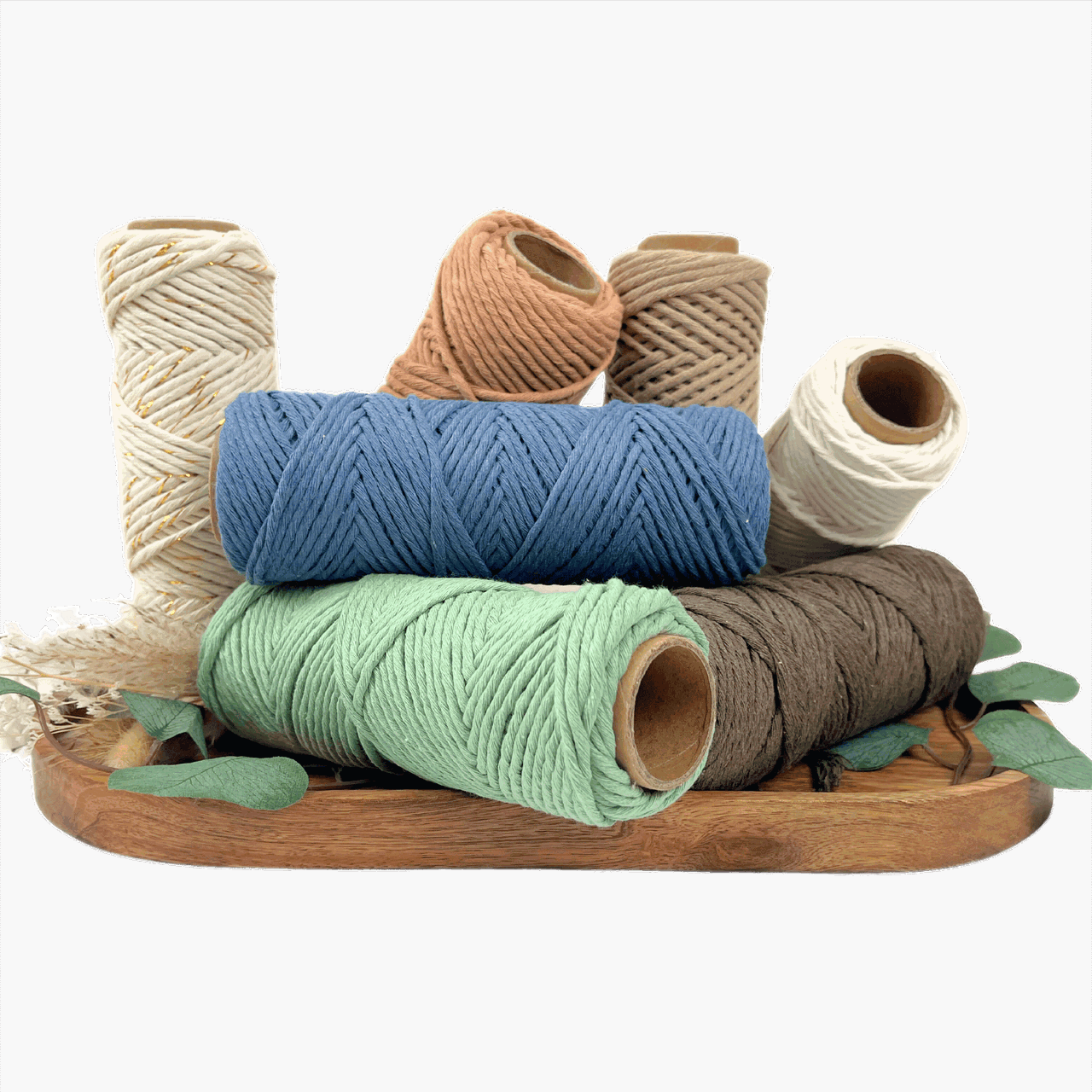
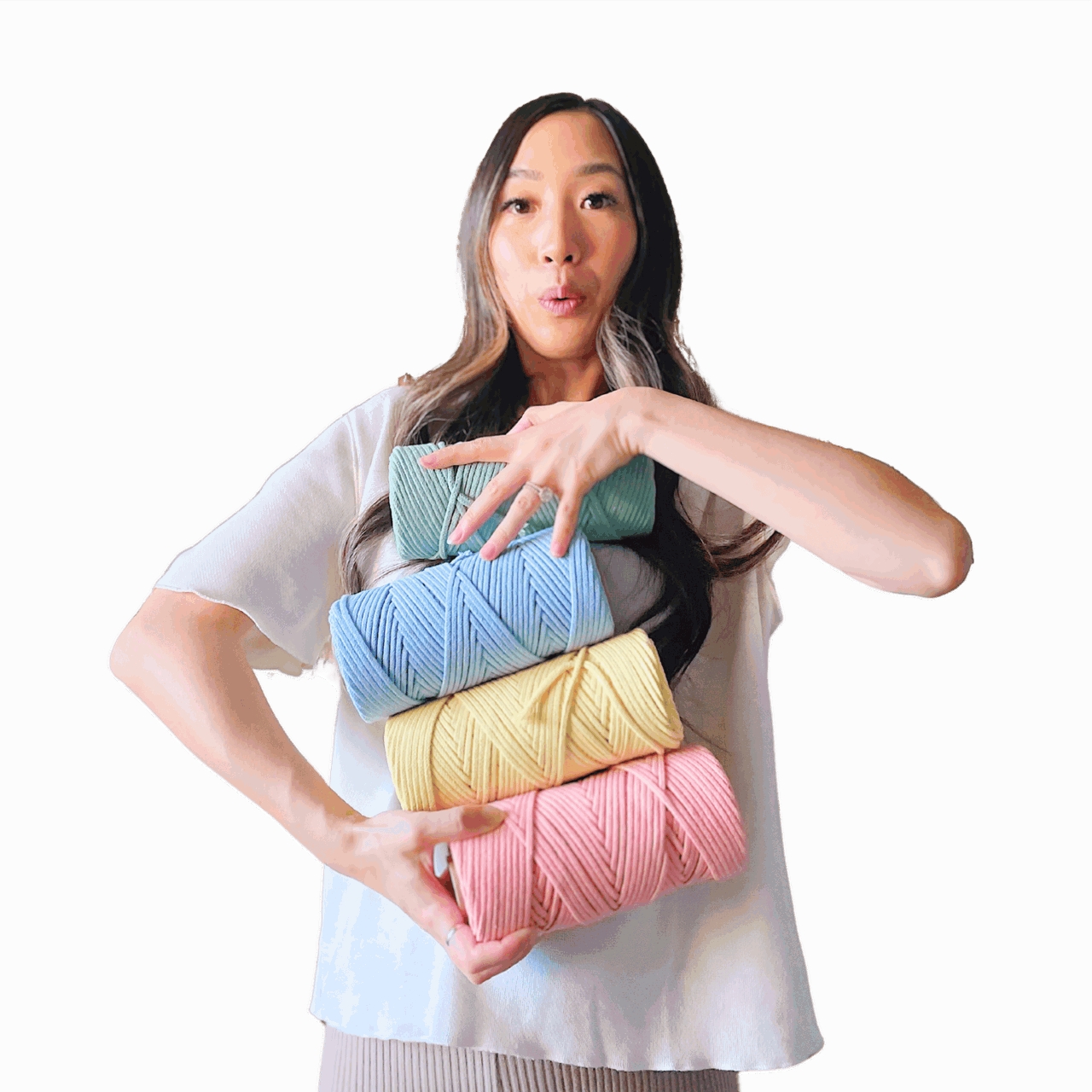
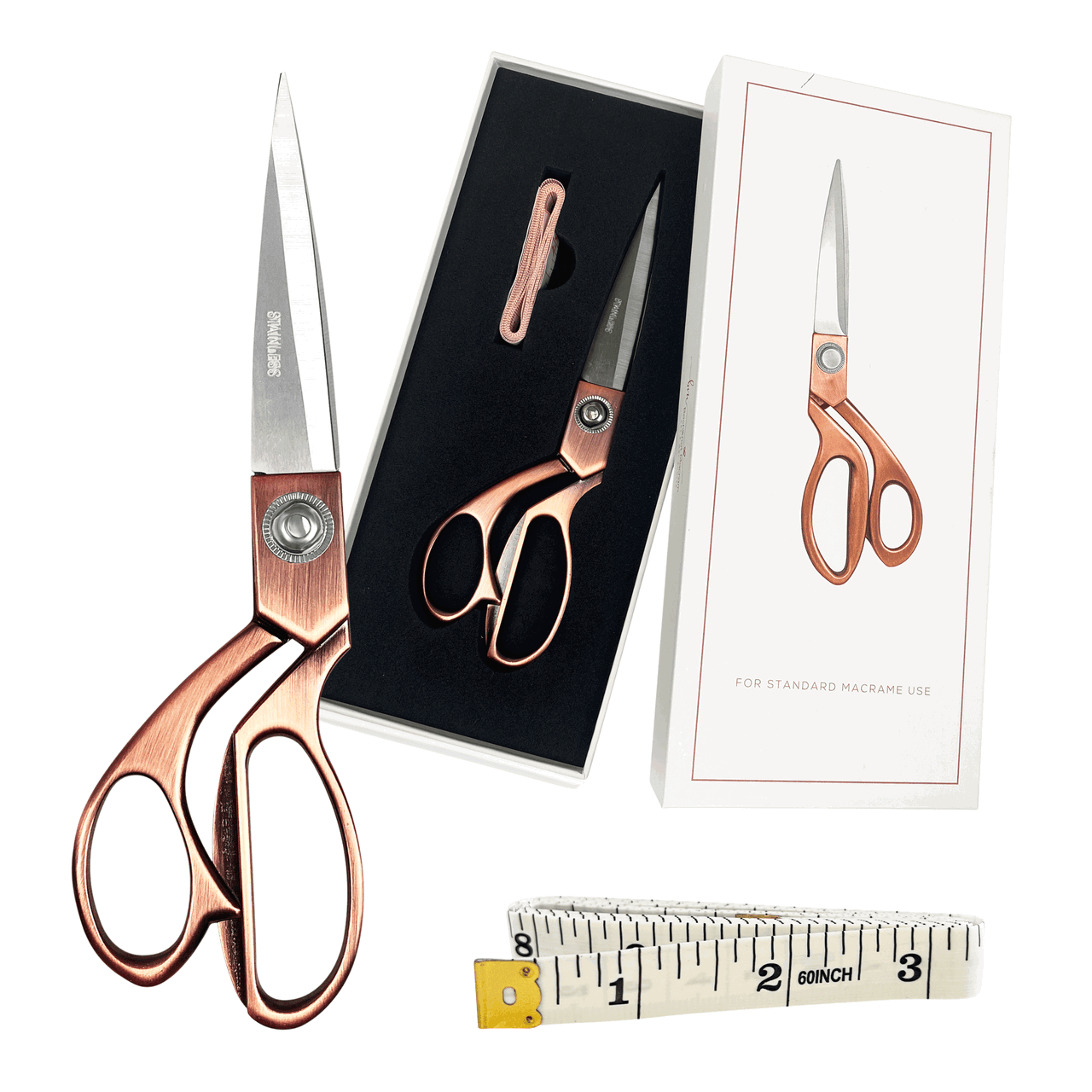
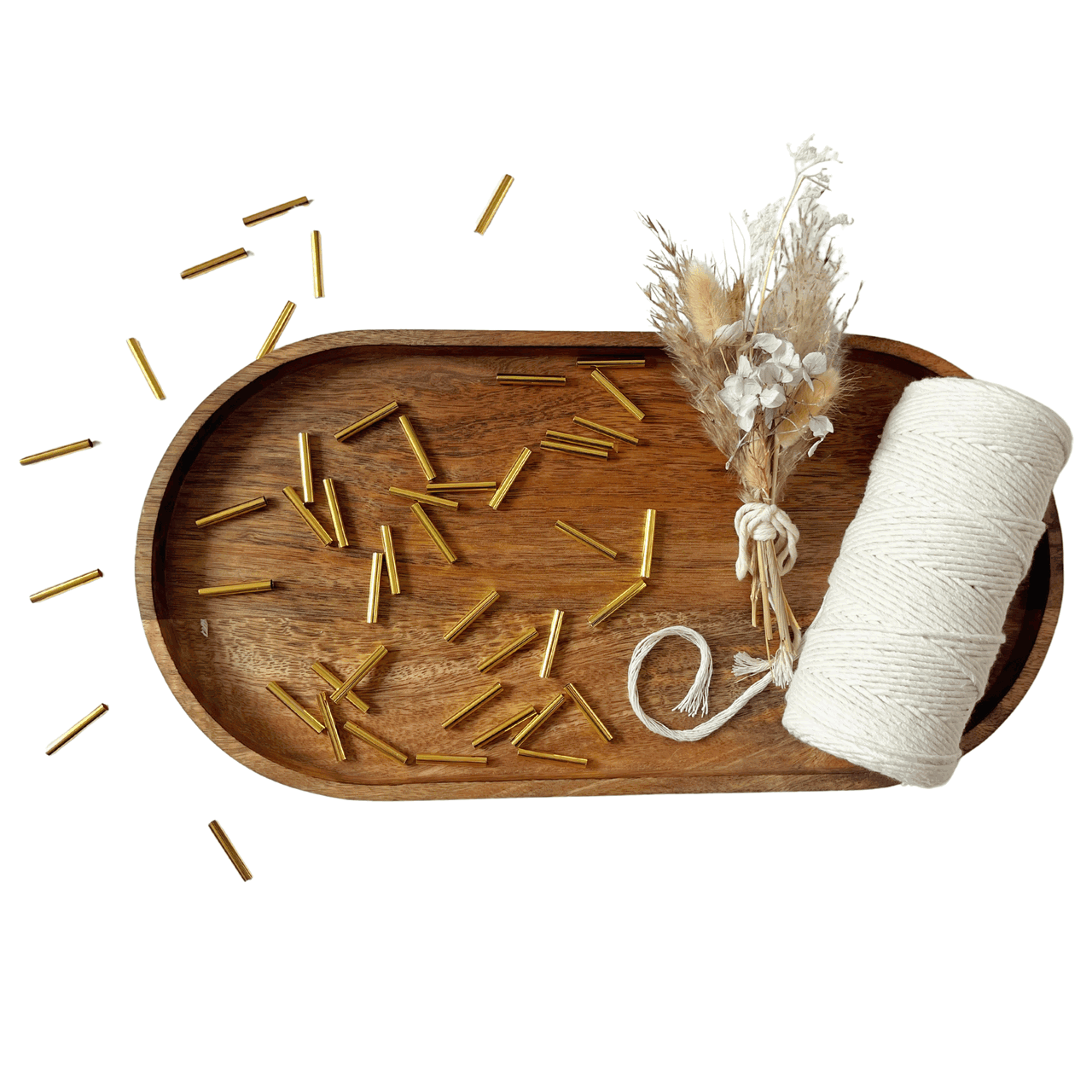

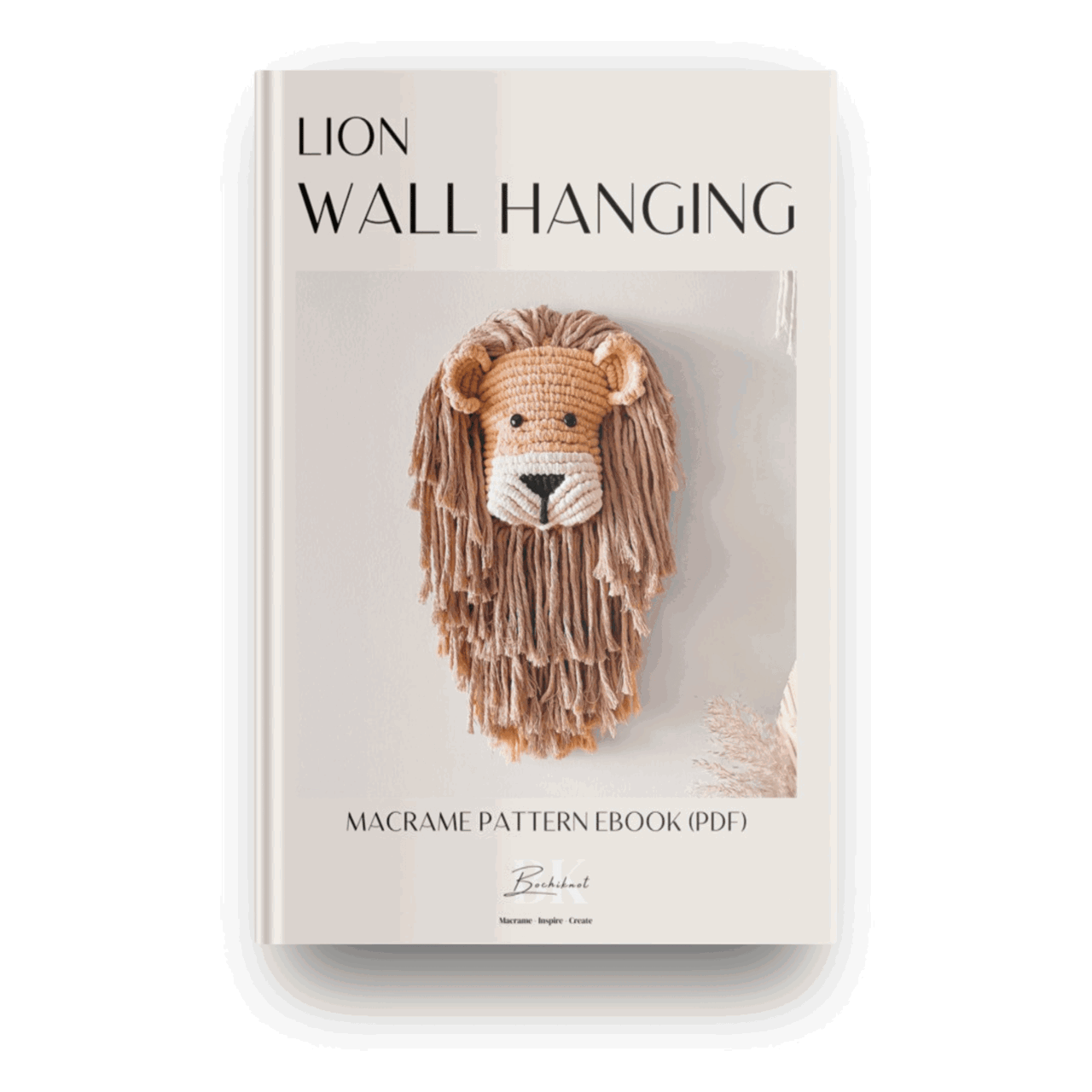
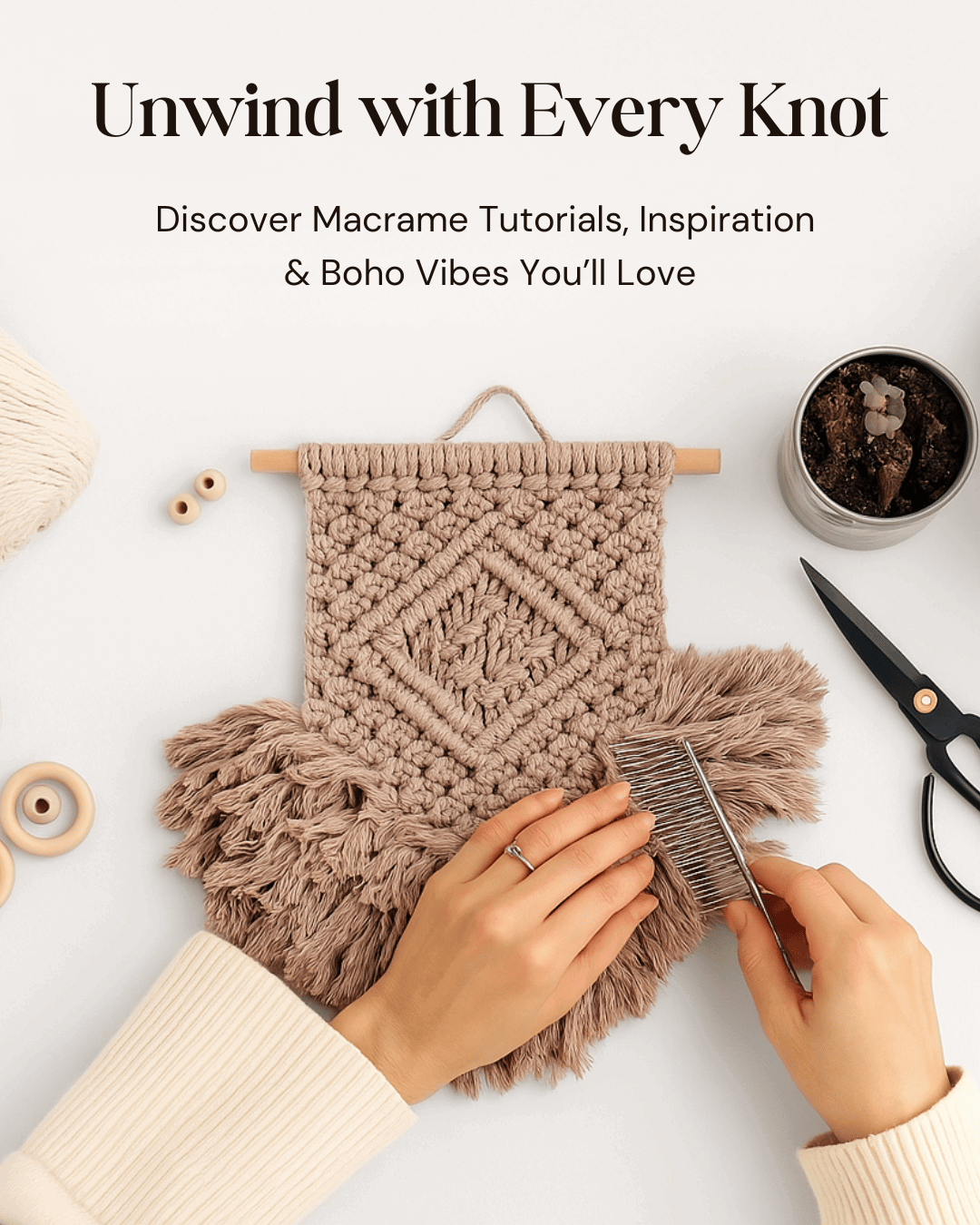
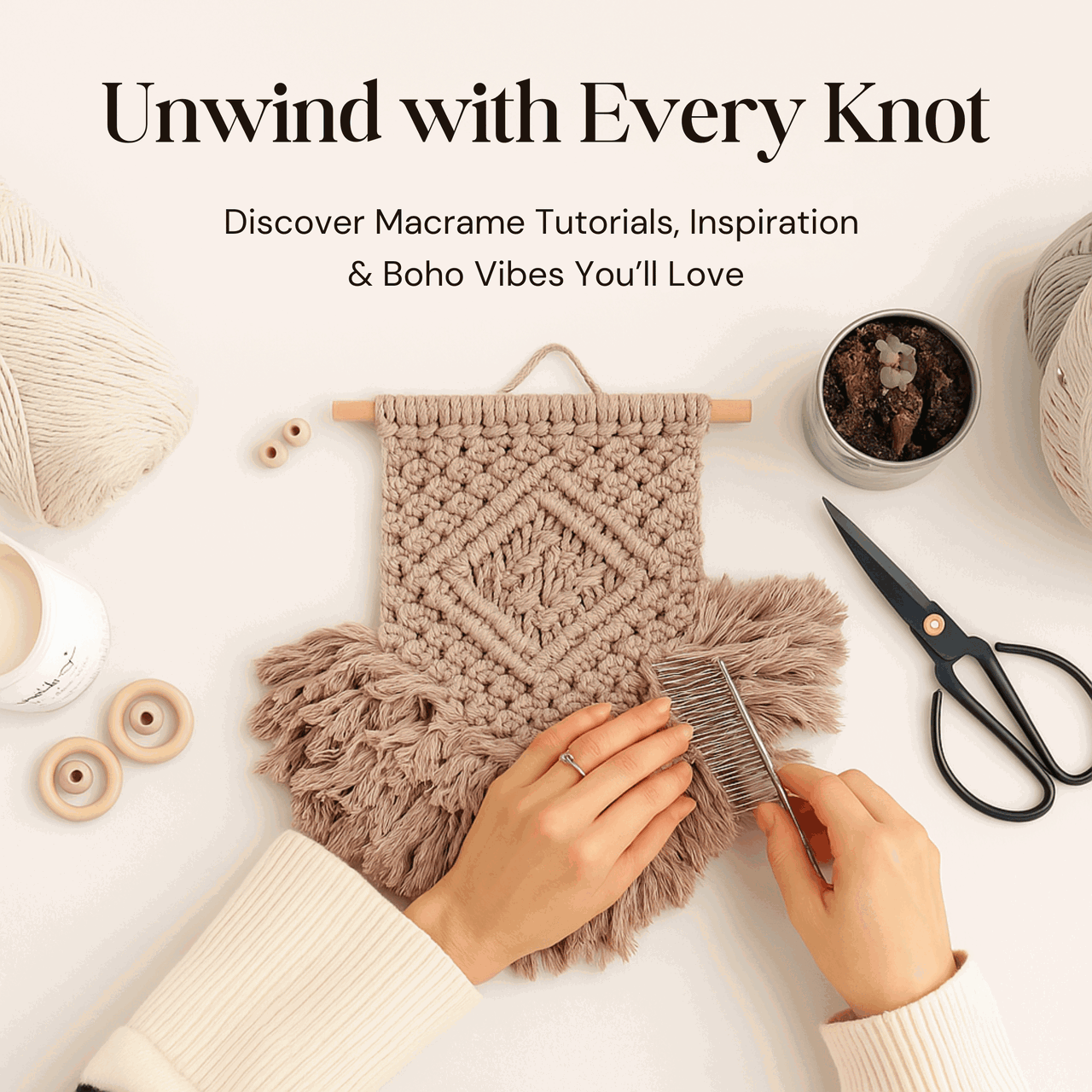
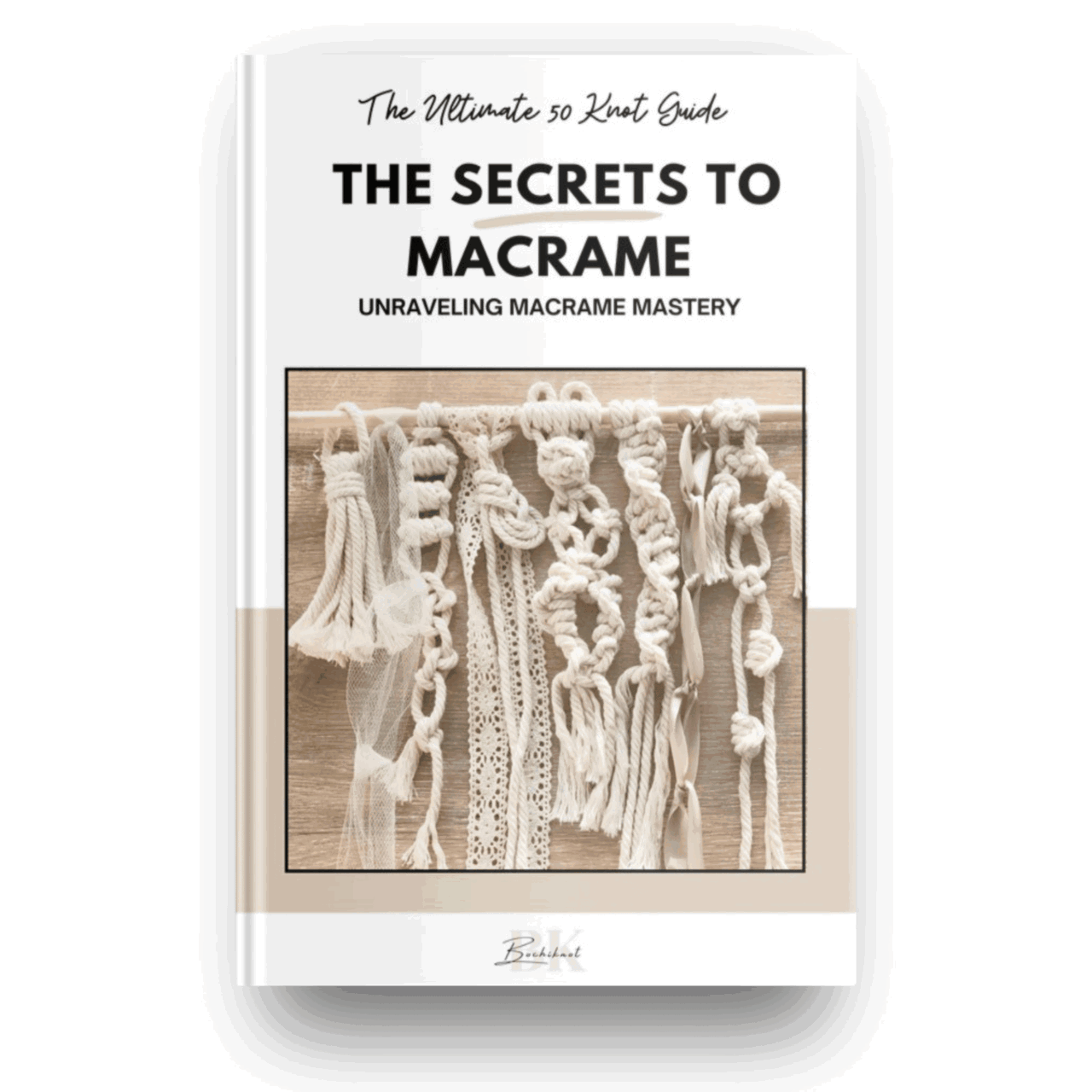

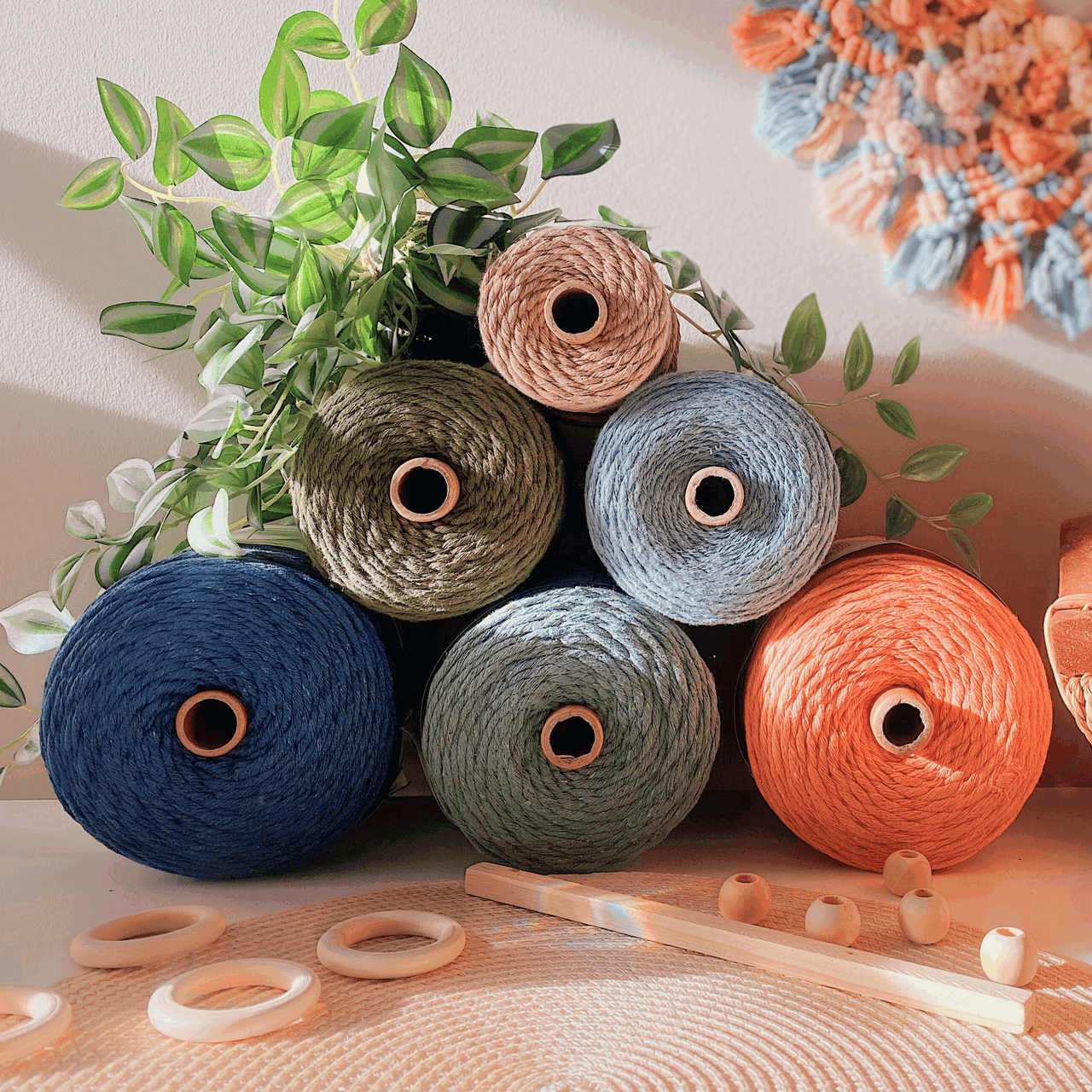
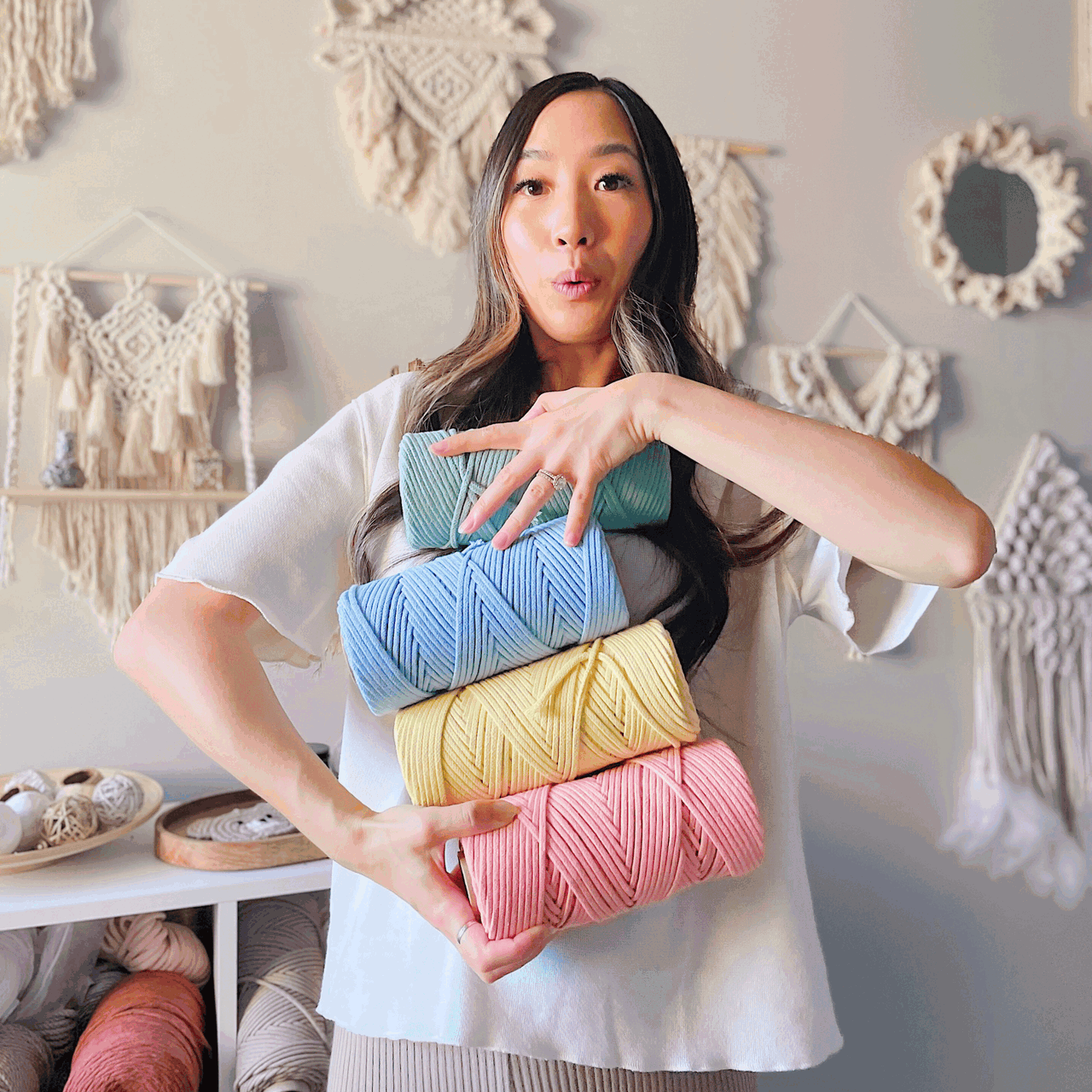
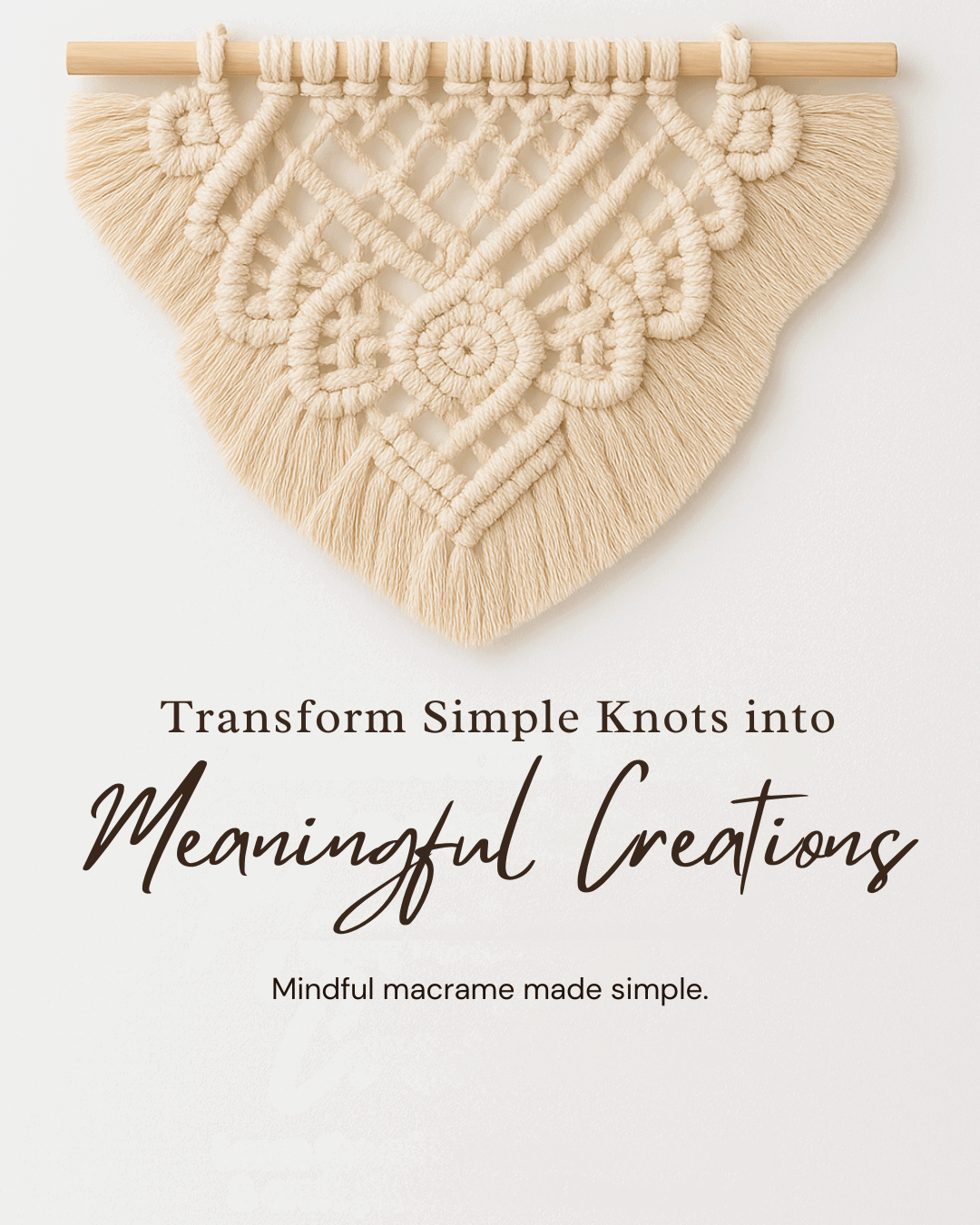



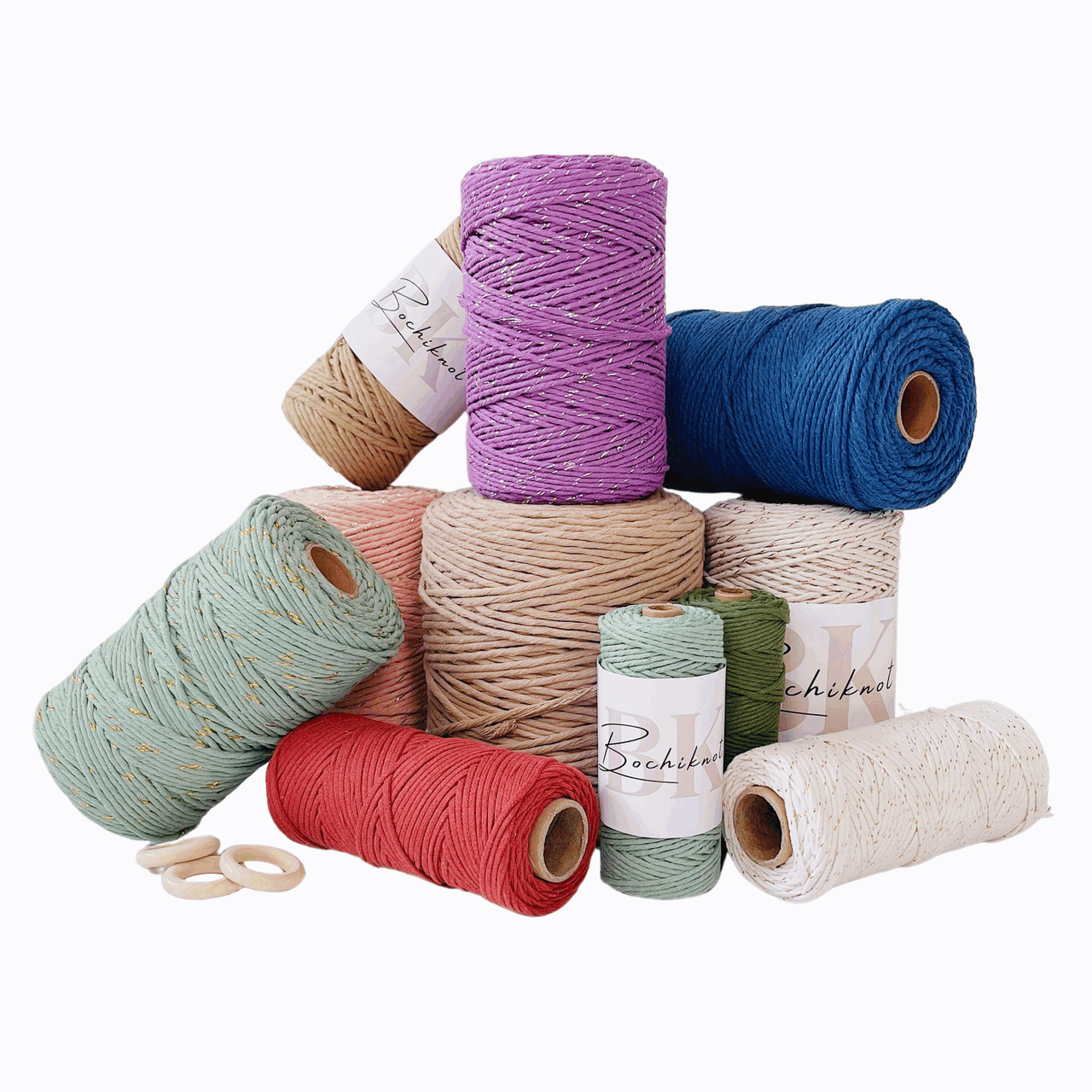
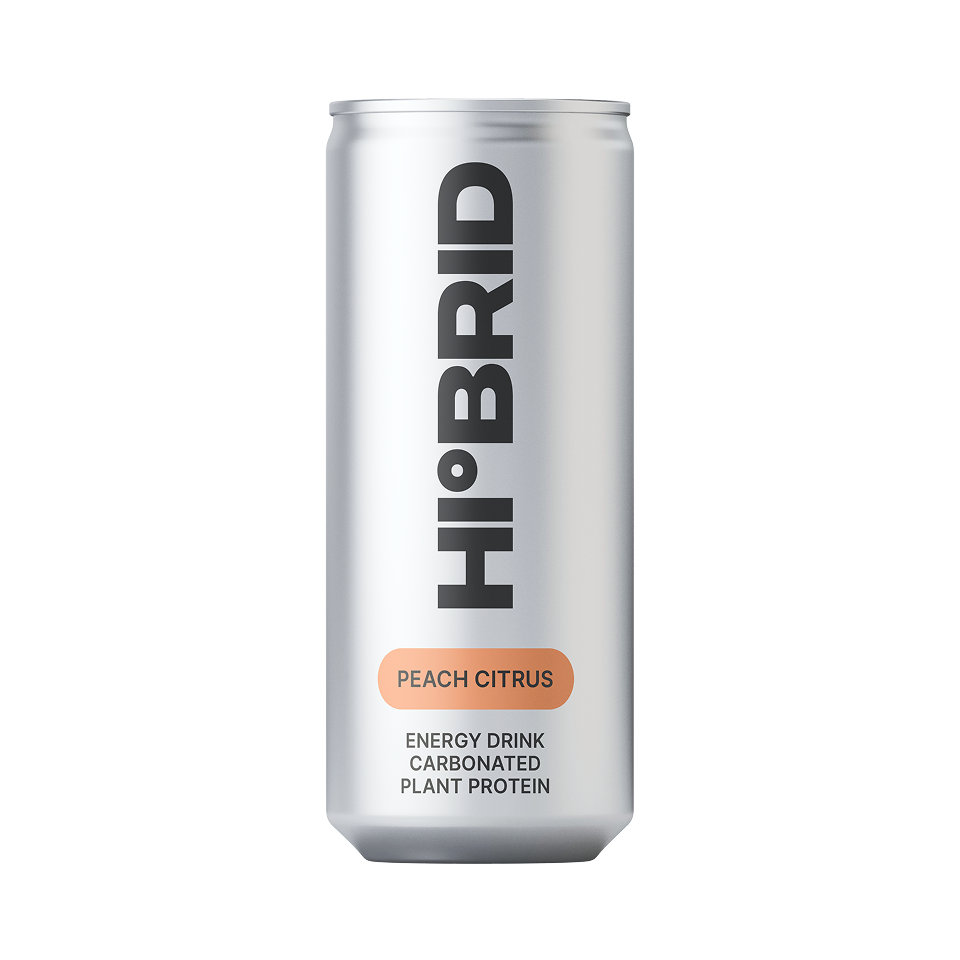






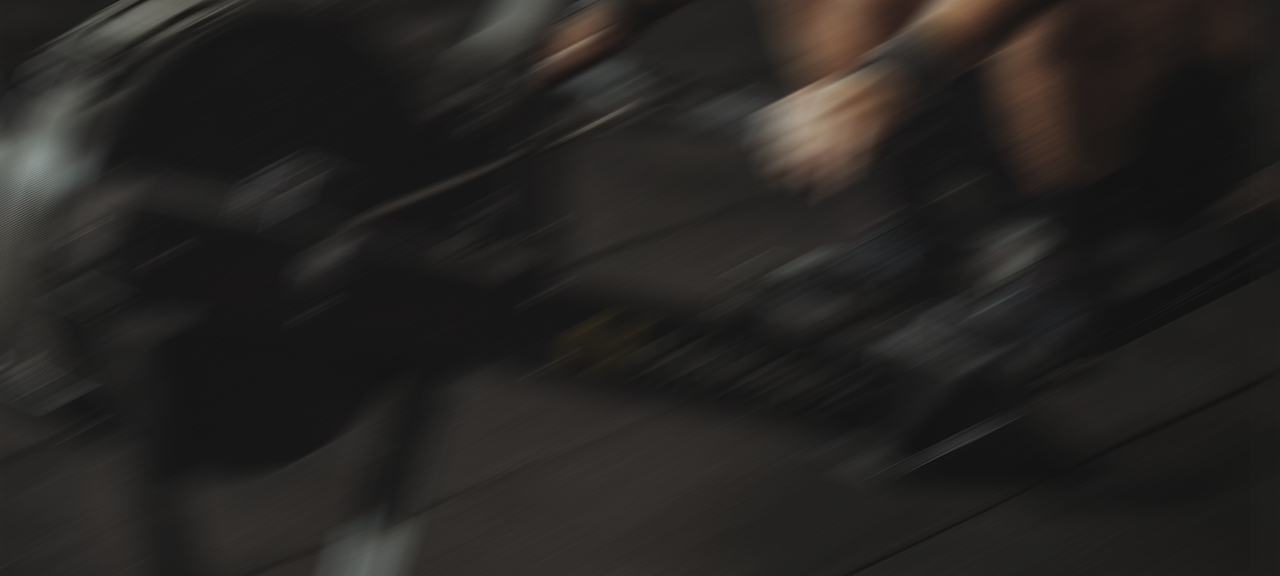




























Leave a comment